The first round of Xiaomi Black Friday deals ends on November 17, so you have until the end of the week to pick something out. And this is Xiaomi we’re talking about, they have everything from smartphones to doorbells (a doorbell camera, actually), so you can always find something useful for yourself or as a gift for someone.
That said, we will be focusing on the phone deals. Some deals are simple discounts, others pair a device with accessories and some deals even do both. Let’s have a closer look.
We start with the Xiaomi 14 Ultra – it has a small £100 discount and comes with a free robo vacuum. The Xiaomi Robot Vacuum S20+ features LiDAR navigation plus rotating mops (which can lift when the robot is over a carpet). Those pads are the difference between the S20 and S20+.
As for the phone itself, it’s from the previous generation, but its camera hardware is better than that of the 15 Pro – the Ultra has a 50MP 1” sensor in the main camera (vs. 1/1.31”), plus a second tele module, a 50MP 120mm periscope (in addition to the 50MP 75mm one that both phones have).
The Xiaomi 14 also has a £100 discount and comes with a free S20+ robo vacuum. This model was already replaced by the Xiaomi 15, which brought the new Snapdragon 8 Elite and a larger 5,400mAh battery (vs. 4,610mAh). The rest of the phone didn’t see many changes, though.

The Xiaomi 14T and 14T Pro are quite new, so no discounts for them. However, Xiaomi paired them with a free watch and charger – a Watch S3 plus a wired 67W charger for the vanilla 14T and a Watch 2 plus a 50W wireless charger for the 14T Pro.


The Xiaomi Mix Flip doesn’t have a straight discount either. It comes with a free Robot Vacuum S20 (note: not S20+) and a portable photo printer (the kind that uses ZINK technology).

The Poco F6 starts at £300 after the discount and that is a great price for a Snapdragon 8s Gen 3 phone. The performance is paired with a high quality 6.67” 1220p+ OLED display with 12-bit colors (HDR10+, Dolby Vision) and a large 5,000mAh battery with 90W fast charging. The 50+8MP camera is fairly basic and so is the IP64 rating, but it’s a trade-off between camera and performance. For £30 you can have 4 extra gigs of RAM and double the storage, which is a worthwhile upgrade.

The Poco F6 Pro is pricier, but it brings a Snapdragon 8 Gen 2 (the flagship chip two generations ago) and a higher resolution 1440p+ display. Also, faster 120W charging, but it is still wired only.
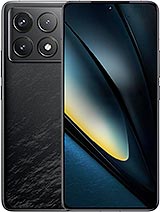
If you’re more interested in cameras than performance, the Xiaomi Redmi Note 13 Pro and Note 13 Pro+ pack 200MP main cameras with very good 2x in-sensor zoom and okay 4x zoom. They are powered by the Snapdragon 7s Gen 2 and the Dimensity 7200 Ultra, so there’s the trade-off. The Ultra also has a curved display instead of a flat one and faster 120W wired charging (vs. 67W). For more details on how these two compare, check out our versus article.


The Poco X6 Pro is the same price as the Note 13 Pro. It loses the 200MP camera, but gains a faster Dimensity 8300 Ultra chipset. It was twice as fast as the 7s Gen 2 in our tests and battery life was much better to boot. There are other advantages for the Poco, our versus article has a detailed breakdown.

There’s also the vanilla Poco X6, but that has neither the performance of the X6 Pro, nor the camera of the Redmi Note. And it’s only £50 less than the X6 Pro, which isn’t quite worth it.

The Xiaomi Redmi Pad SE 8.7 is available for less than £100. It launched earlier this year and is a fairly basic tablet (as you can expect for the price) with an 8.7” IPS LCD (1,340 x 800px, 90Hz), Helio G85, a 6,650mAh battery and an IP53 rating.

The Xiaomi Redmi Pad SE (no number) is a larger 11” slate with a higher resolution 90Hz IPS LCD (1,920 x 1,200px). The Snapdragon 680 chipset is a mixed bag compared to the G85. Still, it’s good enough for Netflix and light gaming and you will appreciate the extra speakers (4 vs. 2), larger battery (8,000mAh) and more premium aluminum frame.

We already saw the watches as perks, now here they are on their own. The Xiaomi Watch 2 runs Wear OS. It was announced after the Pro model as a cheaper version with an aluminum frame instead of stainless steel and no standalone 4G.

The Xiaomi Watch 2 Pro is £160 without 4G (but you may as well get the regular Watch 2) and £180 with an eSIM. It’s more or less the same Wear OS watch except that it gives you the freedom to leave your phone at home while still remaining connected.

Finally, the Xiaomi Watch S3 runs a proprietary OS and gets a much better battery life in exchange for more limited functionality. We got around 4-5 days in our testing with AOD on, 24/7 health tracking, a few phone calls and a daily workout. With more moderate use, you can stretch that out to a week.
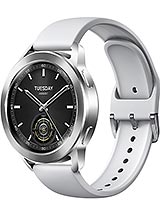
We may get a commission from qualifying sales.









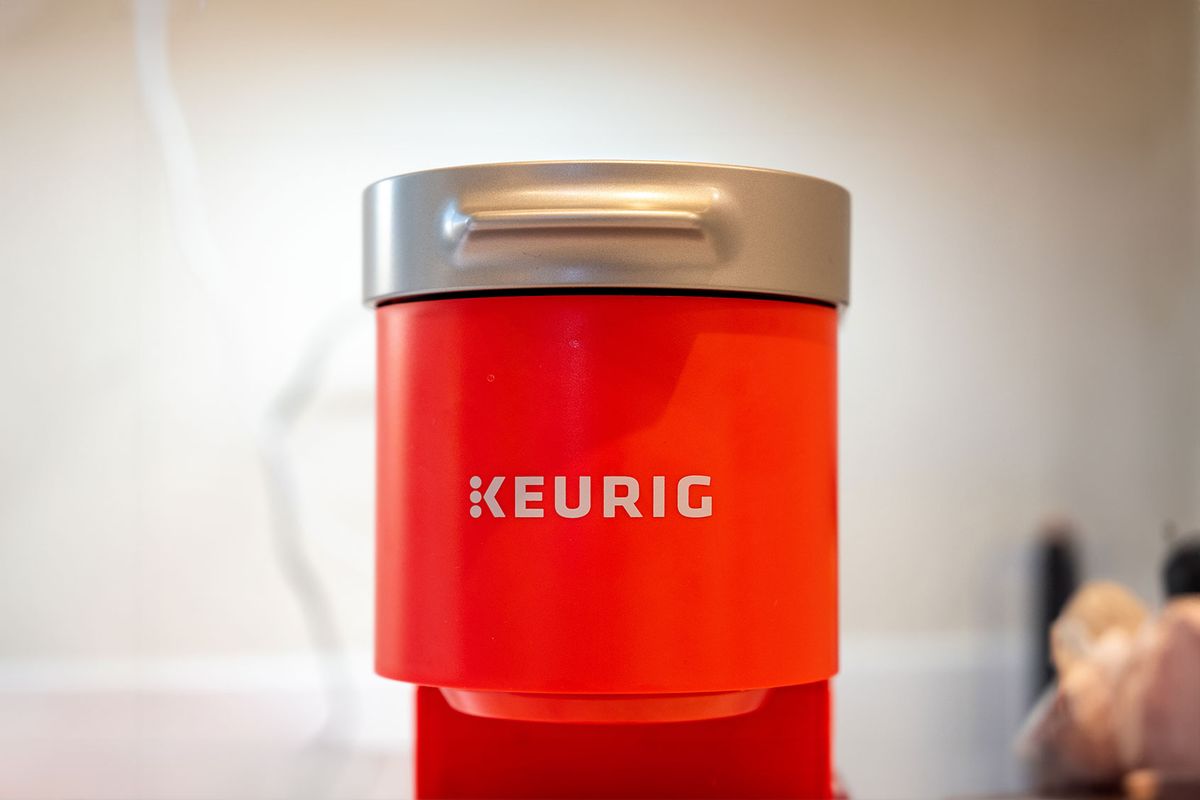


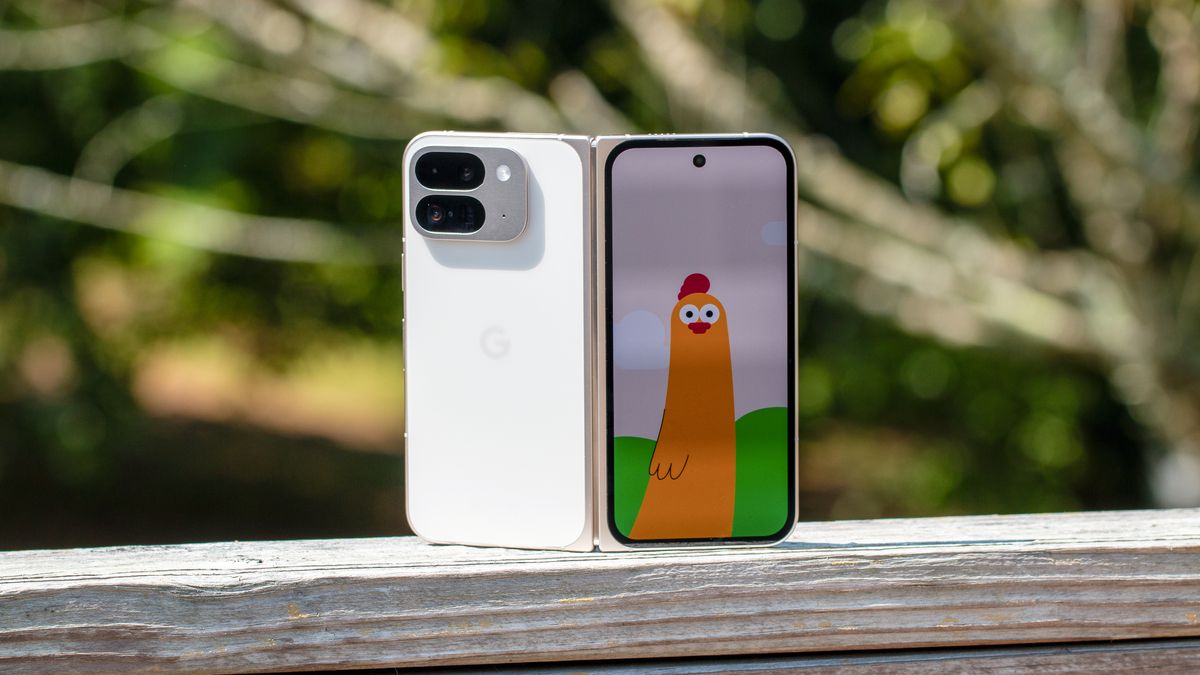

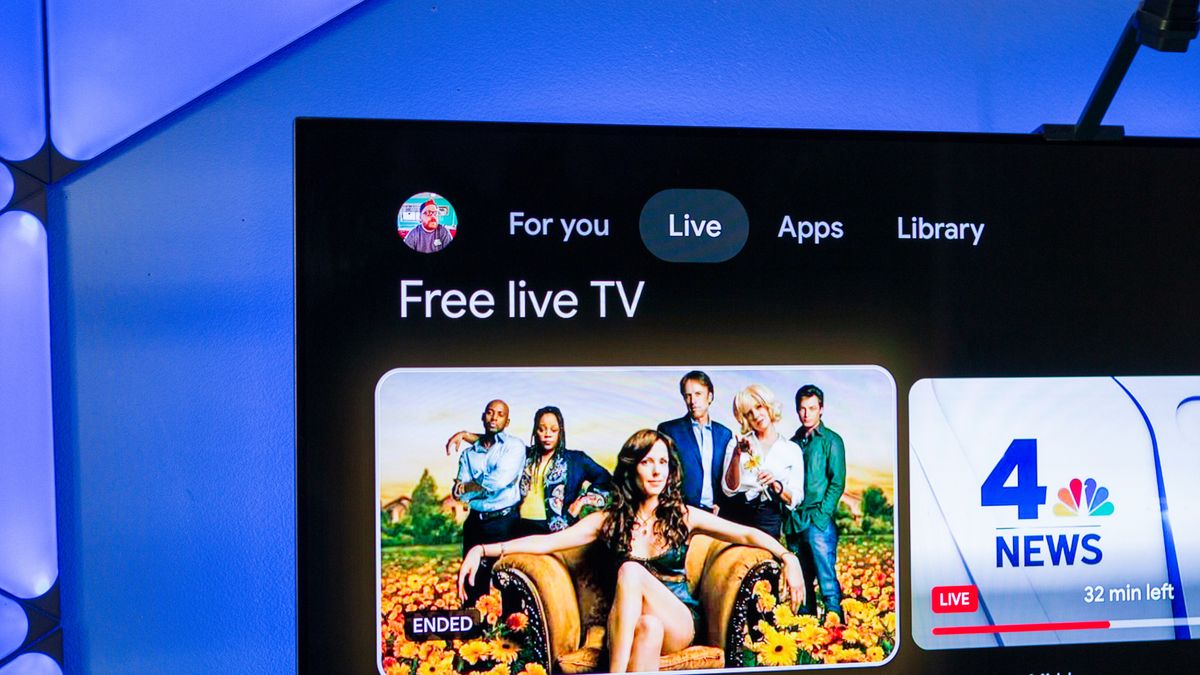






Discussion about this post